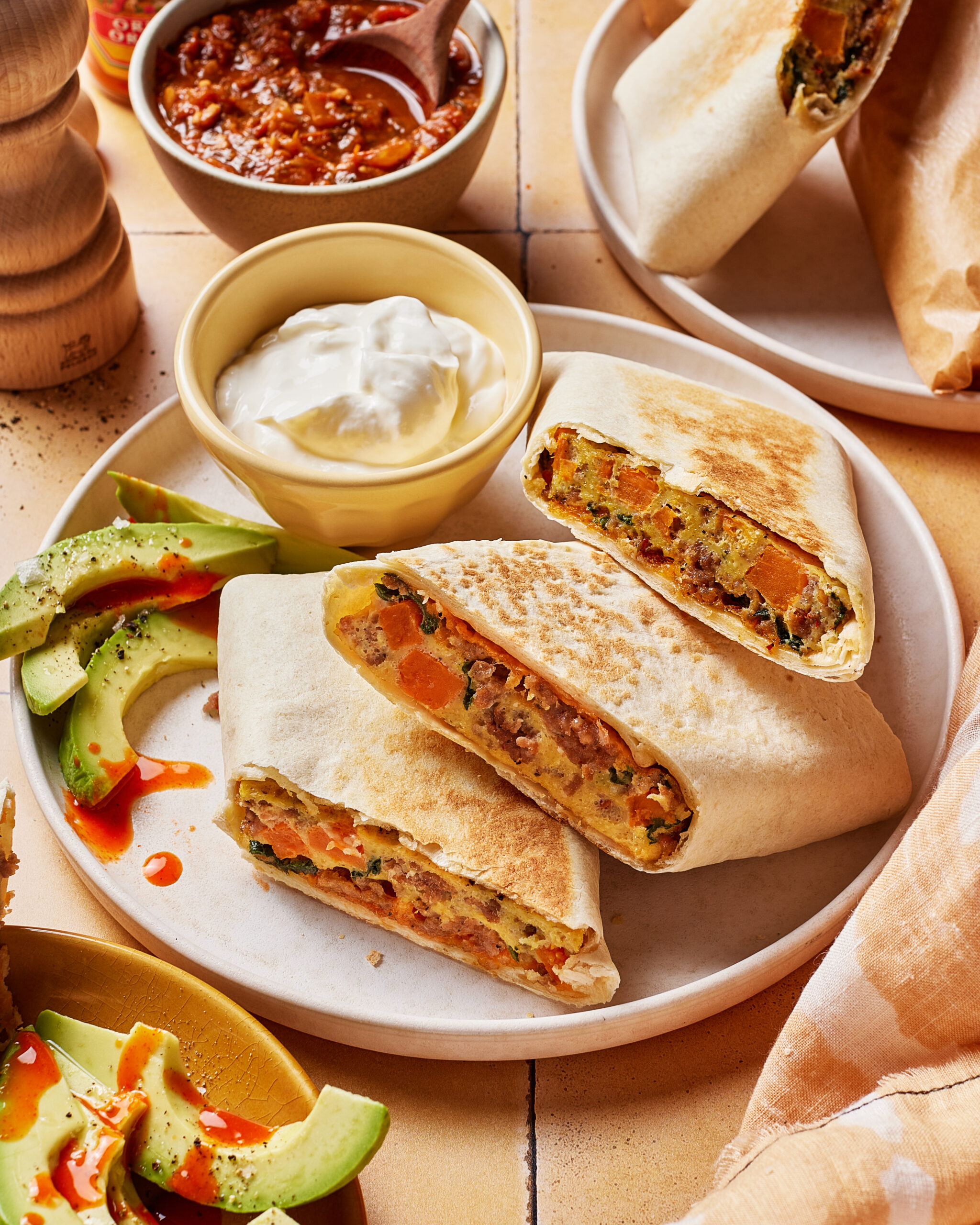recipes
lifestyle
wellness
motherhood
mindset
About
E-Books
Blog
Freebies
partnerships
hi, i'm lauren!
hey there!
I’m on a hot mission to help you balance your hormones & live your best life.
categories
Home
Quiz
Get In Touch
The Course
search:
Cookbook
Postpartum Meal Prep Tips, Recipes + Healing Foods To Balance Hormones After Birth
Jul 17, 2021
Recipe key
GF
VG
P
Vegan
Gluten Free
Paleo
DF
Dairy-Free
download now
Join Hormone Healthy Eats!
Become a SFNSG insider to get my monthly Substack, Hormone Healthy Eats! Packed with the latest hormone-healthy recipes
+ tips.
jump to recipe >
Let’s be real, there’s A LOT going on during your first few months postpartum.
Not only are you navigating life with a newborn and all that it encompasses (sleepless nights, nursing, diapers, spit up, crying, etc.) but your body is recovering from birth (a classified trauma) and going through some major hormonal changes.
Thus, while you’re focusing most of your time and energy on taking care of this amazing new little human, it’s also critical during this time to focus on taking care of yourself, and one of the best ways you can do so is with food.
Prioritizing your nutrition during this phase can make all the difference in how your hormones adapt, leading to more energy, a properly functioning metabolism, a symptom-free menstrual cycle, a stable mood, healthy sex drive, optimized digestion and ultimately feeling like yourself again.
Need help getting started? Read below for postpartum meal prep tips, recipes and healing foods to balance hormones after birth.
PS — 6+ months postpartum? Check out my Hormone Balance Reset Plan for one month’s worth of hormone balancing recipes, supplements + lifestyle tips you can safely incorporate into your healing.
COMMON POSTPARTUM HORMONE IMBALANCES + SYMPTOMS
As you can imagine, your body goes through a ton of changes during pregnancy and to prepare for birth. A huge part of this is the role your hormones play.
Postpartum Hormone Imbalance #1 — Low Progesterone
The most common hormonal shift women experience that tends to cause unwanted symptoms postpartum is estrogen dominance. During your pregnancy, progesterone levels rise significantly to prepare your endometrium to feed your growing fetus. Your estrogen levels also rise, and are highest right before labor. As long as there is a proper balance between estrogen and progesterone, things remain in equilibrium and “balanced.”
Immediately after you give birth to your placenta, your progesterone levels plummet back to what they were pre-pregnancy as your estrogen levels remain high. Progesterone is known for its calming, mood-elevating effects, so such an immediate and dramatic drop in this hormone can cause mood shifts that range from the baby blues to full-on postpartum depression.
Postpartum Hormone Imbalance #2 — Estrogen Dominance
Your hormones will typically stabilize within the first couple of weeks, but if estrogen levels continue to stay high in relation to progesterone (which is now very common due to our exposure to estrogen-disrupting xenoestrogens like BPA and phthalates, as well as alcohol, birth control and other outside sources that tax our liver) you’ll experience estrogen dominance symptoms, such as mood swings, insomnia, irritability, depression, brain fog, fatigue, head aches, water retention and bloating.
Postpartum Hormone Imbalance #3 — Under Active Thyroid aka Hypothyroidism
Symptoms of low-thyroid or hypothyroidism commonly include constipation, fatigue, weight gain (or inability to lose weight), dry skin, brittle hair or hair loss, high heart rate, tremors and cold intolerance.
Bottomline
Many of the common postpartum hormonal imbalance symptoms women experience are due to an imbalance of estrogen in relation to progesterone (i.e. estrogen dominance), adrenal fatigue and under active thyroid. Make sure to see your licensed medical practitioner if you experience any of the symptoms mentioned above and read below for recipes and healing foods to naturally balance postpartum hormones and feel your best.
WHY POSTPARTUM NUTRITION IS SO IMPORTANT FOR HORMONE BALANCE
During pregnancy, your body prioritizes nutrients you consume to feed your growing baby, making it a likely occurrence that you could be depleted yourself. If you’ve had a vaginal birth, you’ll likely lose additional nutrients (especially iron) due to blood loss. Add in all of the nutrients it requires to nurse and keep up your milk supply (400-500 additional calories worth per day) and you’ve got a recipe for nutrient deficiency, which is a huge contributor to hormone imbalance.
Thus one of the most impactful action steps you can take to balance your hormones postpartum is to replete and rebuild your micro and macronutrients (the building blocks of your hormones). Read below for some of the best nutrient-rich sources to incorporate into your postpartum healing protocol.
POSTPARTUM HEALING FOODS FOR HORMONE BALANCE
+ Iron-Rich Proteins/Grass-Fed Meats
Healing tissues that have been stretched, torn or cut require plenty of protein, especially the amino acids glycine and proline, which your body uses to make collagen. These are found in abundance in the connective tissues, bones, and skin of animal foods such as grass-fed meats like beef, bison, buffalo, lamb, pork as well as organ meats like liver, kidney and heart (sounds gross but incredibly nutrient-dense).
Red meat and organ meats in particular are also high in easily absorbed iron, making it an ideal choice if you’ve lost a significant amount of blood during birth. Chilis, stews, burgers, meatballs, casseroles, pot roasts or slow-cooked meats are all great ways to incorporate more iron-rich meats into your diet.
+ Healthy Fats
Healthy fats like ghee, avocado, olives, olive oil, nuts, seeds and fatty, low-mercury fish (salmon, sardines, etc.) provide your hormones with essential nutrients and help keep you satiated longer (if you’ve nursed before you know how REAL the hunger is). Research has also shown healthy fats are important for lactation and can actually enrich your breast milk.
Try using healthy fats like grass-fed ghee as a base when cooking, drizzle olive oil over your veggies (or avocado toast) and top dishes with nuts and seeds for extra crunch/flavor!
+ Collagen-Rich Foods
As previously mentioned, healing tissues (and supporting perineal and pelvic floor healing) requires collagen-building amino acids, which are incredibly abundant in bone broth, gelatin and meat slow cooked with bones (yes an instant pot also works!) You can also opt for a grass-fed hydrolyzed collagen powder (this one is my fave).
I love using bone broth to cook soups, curries, stews, casseroles and grains (like quinoa or rice). You can also just drink it by the mugful!
+ Omega-3 Fatty Acids
Omega-3 fatty acid rich foods like seafood (particularly low-mercury fish like salmon and sardines) as well as eggs and grass-fed beef are rich in choline, which is a critical nutrient needed for lactation, as well as key for baby’s brain development and your brain health too.
**NOTE: essential fatty acid-rich foods like walnuts, chia, flax and hemp seeds are also great for postpartum hormone balance, but they do not contain choline, so it’s important to get in animal sources where you can, or at the very least supplement with fish oil.
+ Probiotic-Loaded Foods
Gut health is critical for hormone balance, but it can take a hit during pregnancy and postpartum, due to a variety of factors including OTC’s/pain meds, antibiotics, chronic constipation, a c-section, etc.
Adding in probiotic-rich foods like full-fat greek or coconut yogurt, kefir, kimchi and sauerkraut work to maintain a healthy balance of gut bacteria, which impacts everything from improved digestion to lowered inflammation to optimized breast milk nutrients and supply.
+ Complex Carbs
If there were ever a time to eat more carbs, this is it! Complex carbs such as oats, quinoa, brown rice, millet, legumes, squash, sweet potatoes, etc. are loaded with b-vitamins that work to boost milk supply, restore energy, stabilize blood sugar and keep your estrogen levels in check.
Just make sure when eating you’re combining them with protein and healthy fats, which ensures blood sugar levels stay steady, critical for hormone balance.
+ Vitamin-C Rich Foods
Vitamin-C is critical for iron-absorption, which you now know is key for postpartum healing! It also aids in boosting your immune system, which can take a hit during birth. It’s abundant in a variety of plants like strawberries, bell peppers, broccoli, cabbage, Brussels sprouts, snow peas, citrus, pineapple, papaya, leafy greens, etc.
+ Variety of Plants
The more plants you can incorporate into your postpartum healing protocol, the better, as they’re abundant in vitamins, minerals, phytonutrients and antioxidants that aid in lowering inflammation, improving gut health and digestion and boosting your immune system.
I like to lean on heartier, well-cooked veggies such as sweet potatoes, squash, Brussels sprouts, cauliflower, broccoli, etc. as they’re full of fiber and easier on digestion than raw veggies.
+ Warm, Cooked + Easily Digested Foods
Speaking of digestion, it’s common for yours to slow postpartum as your inner organs begin to transition back to their normal positions (fun!) and energy is directed away from digestion and towards healing.
As a result, a common theme from cultures around the world is the prioritization of warm, soft, well-cooked and easy to digest foods, which our bodies can easily break down and more readily extract calories from (needed for breast milk production) more than cold or raw foods.
Oatmeal, porridge, cooked grains, soups, stews, bone broth, warm beverages (like hot chocolate), curries, casseroles, slow-cooked meats, roasted veggies, etc. are all great ways to incorporate more easily digested foods into your healing (see below for specific recipes).
POSTPARTUM MEAL PREP TIPS FOR HORMONE BALANCE
+ Batch Cook or Double Up Meal Portions
As I sit here writing this at 37 weeks pregnant with my second girl, I totally get how meal prep might be the LAST thing you want to think about doing right now. Rather than force yourself through a huge cooking marathon, I’ve found it helpful to begin batch cooking meals, i.e. making extra large portions for meals (which I typically have to prepare anyway) and freezing the leftovers. I find this works particularly well for soups, casseroles, sauces and treats like my lactation cookies.
+ Focus on Freezer-Friendly Meals
Speaking of freezer-friendly meals, your freezer is one of the best tools to utilize when focusing on postpartum meal prep. Most sauces, soups, broths, chilis, grains, casseroles, stews, wraps (like burritos), bread, baked goods, cookies and treats (like nut butter balls) hold up really well in the freezer. See below for the best ways to store freezer-friendly foods.
+ Stock Up On Storage/Equipment
The right equipment can make a huge difference in the taste, efficiency and quality of your postpartum meals. I recommend glass Tupperware for freezing, which is a microwave safe option if you need to defrost quickly (you don’t want to be heating any food stored in plastic, which could lead to hormone-disrupting BPA contamination). These silicone bags are a great non-toxic option as well.
Additionally, investing in an instant pot can help save you SO much time on meal prep and cooking in general, especially when it comes to any meats, soups, stews, etc.
+ Find Ways To Outsource
One of my best postpartum meal prep tips is to come up with some outsource options prior! I created a list of nourishing recipes (feel free to use it below) and sent it to my mom (who had already offered to help) as well as any friends who asked what they could bring. You could also look into setting up a meal train delivery service or make a list of local restaurants/dishes you can easily order or ask any visitors to pick up on their way over.
+ Include Nutrient-Dense Treats + Snacks
While incorporating balanced meals is important for postpartum healing and keeping up caloric needs while nursing, having nutrient-dense treat and snack options on hand is key to keeping your energy, blood sugar levels, hormones and mood stable throughout the day. I always had a nut butter ball or monster cookie dough treat on hand (I recommend making a big batch and freezing), but other great easy snack options include coconut or greek yogurt and granola, fruit with a scoop of nut butter, hummus with veggies or crackers, hard boiled eggs, avocado toast, smoked salmon, or a mug of hot bone broth.
+ Consider An Online/Subscription Service
If there’s one thing I learned when it comes to meals postpartum, convenience is KEY, especially during those first few weeks. Going to the grocery store was the last thing on my mind, and having a few options where I could easily order healing foods and snacks online was a game changer. I love Butcher Box for stocking up on high quality animal products at a more affordable price, Thrive Market for all things snacks and pantry staples and Whole Foods delivery for groceries. I also recently signed up for my local CSA to have fresh, local produce delivered to my doorstep all summer long.
+ Have Easy Options On Hand
Along with freezer-friendly meals and nutrient-dense snacks and treats, stocking up your fridge, freezer and pantry with items you or your partner can use to make a quick bite can be incredibly helpful. Think quick-cooking grains (oats, quinoa, brown rice), sweet potatoes you can bake and stuff with anything, eggs to scramble or fry in a pinch, bread for toast loaded with either avocado, smoked salmon or nut butter and banana, lentil or chickpea pasta and jarred sauces, canned chickpeas and beans to add to wraps or bowls, granola and greek or coconut yogurt, wraps to stuff with turkey, avocado and veggies etc. For a full list of nutrient-dense pantry, fridge and freezer staples, download this printable guide.
POSTPARTUM RECIPES FOR HORMONE BALANCE
Postpartum Meal Options
-
+ Sweet Potato Shepherd’s Pie
-
+ Bison and Butternut Squash Chili
-
+ Immunity-Boosting Chicken Chickpea Noodle Soup
-
+ Gut-Healing Chicken Korma + Cauliflower Rice
-
+ Spiced Chickpea, Sweet Potato + Cauliflower Curry
-
+ One-Pot African + Peanut Sweet Potato Stew
-
+ Spicy Lamb Meatballs + Coconut Curry “Noodles”
-
+ Gut-Friendly Paleo Butter Chicken
-
+ Postpartum Hormone Balancing Peanut Butter Banana Baked Oatmeal
-
+ Gut-Friendly Sweet Potato + Pesto Quinoa Breakfast Bowl
-
+ Bean-Free Smoky Sweet Potato + Turkey Chili
-
+ Gut-Friendly Instant Pot BBQ Chicken Stuffed Sweet Potatoes
-
+ Chickpea Pesto Pasta Salad
-
+ Make Ahead Carrot Cake Baked Oatmeal
-
+ Gut-Friendly Strawberry Rhubarb Baked Oatmeal
-
+ Healthy Apple Cinnamon Crunch Toast
-
+ Creamy Butternut Squash Mac n’ Cheese
-
+ Greek Chicken Quinoa Salad Bowls (pro-tip: serve quinoa and chicken warm to help with digestion)
-
+ Fajita Stuffed Sweet Potatoes with Creamy Avocado Sauce
Postpartum Treat + Snack Options
-
+ Postpartum Dark Chocolate Chunk Nut Butter Balls
-
+ No-Bake Postpartum Monster Cookie Dough Balls
-
+ Best Gluten-Free Oatmeal Chocolate Chunk Lactation Cookies
-
+ Creamy Peanut Butter Hot Chocolate
-
+ Dark Chocolate Chunk Zucchini Muffins
-
+ Gut-Friendly Paleo Pumpkin Muffins
-
+ Seed Cycle S’mores Granola (don’t worry about the seed cycle aspect since you’re not menstruating, just use whatever nuts/seeds you have on hand :))
-
+ Seed Cycle Dark Chocolate Truffles (see above)
Postpartum Convenience Meals + Snack Ideas
-
+ Gluten-free toast with avocado + egg, nut butter + banana or cream cheese + smoked salmon
-
+ Mug of hot bone broth + avocado + spinach served with crackers
-
+ Quinoa cooked in bone broth topped with chickpeas or rotisserie chicken, steamed greens and tahini sauce
-
+ Wraps stuffed with either hummus or turkey, veggies and avocado
-
+ Lentil Pasta with marinara
-
+ Quick cooking oats with coconut milk, ghee, nut butter and berries
-
+ Baked Sweet Potato stuffed with beans or cooked grains, steamed greens and sauce of choice
BOTTOMLINE
Doing a little bit of postpartum meal prep and planning upfront (whether it be cooking and freezing some meals, signing up for a delivery service or stocking up on healthy pantry staples) will help you lay the groundwork to prioritize your nutrition during this phase, ultimately helping you balance your hormones, heal your body and feel like yourself again.
Use the tips above in a way that works for you and don’t put too much pressure on yourself. Even if you’re currently in the postpartum phase, it’s never too late to add in healing and nutrient-dense foods and start feeling better. YOU got this mama!
MORE POSTPARTUM HORMONE BALANCING RESOURCES
+ 9 Tips To Naturally Balance Hormones Postpartum
+ My Postpartum Recovery — Products, Tips + Tools I Used To Heal
+ Best Gluten-Free Lactation Cookies for Nursing + Postpartum Hormones
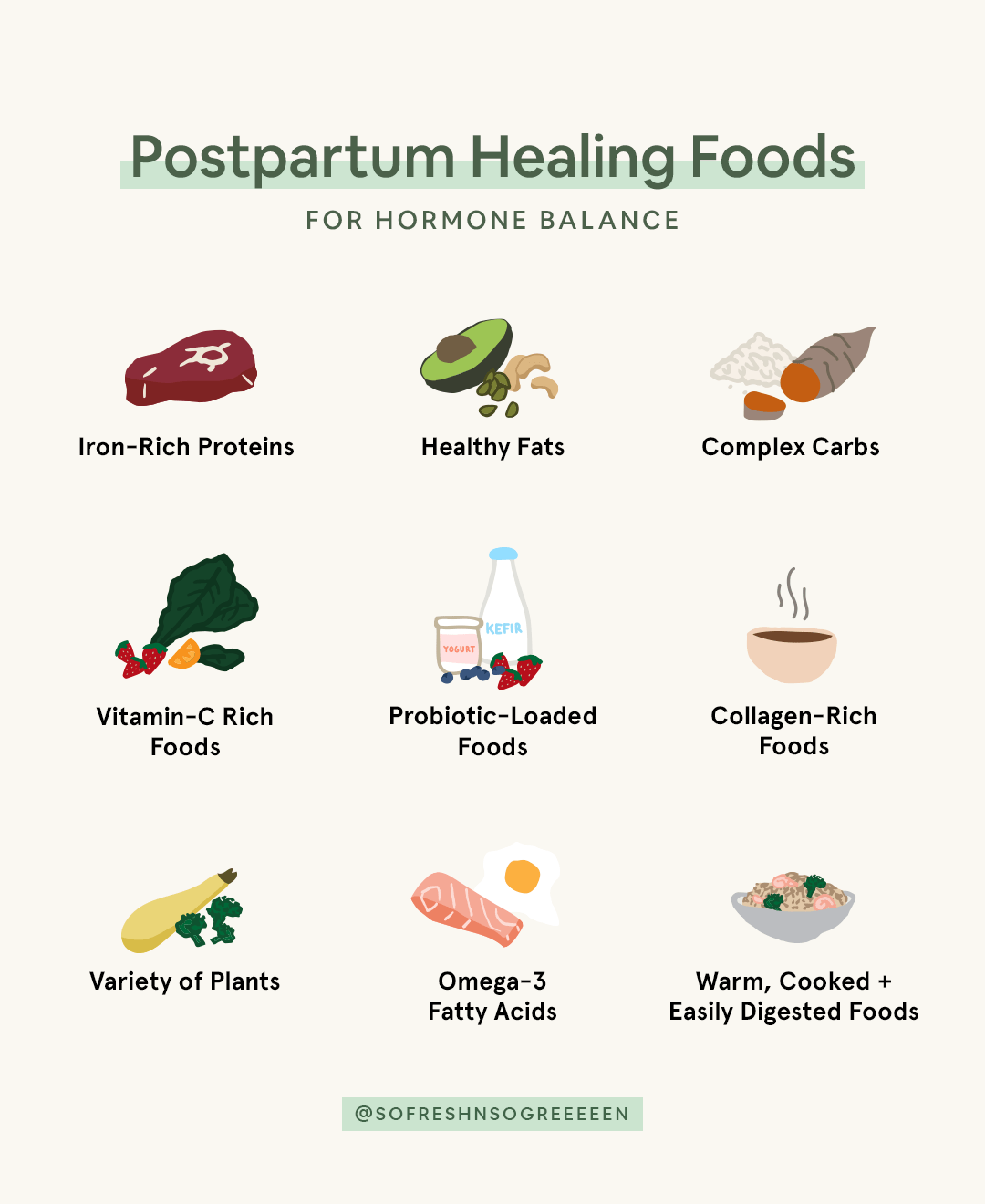
If you loved that...
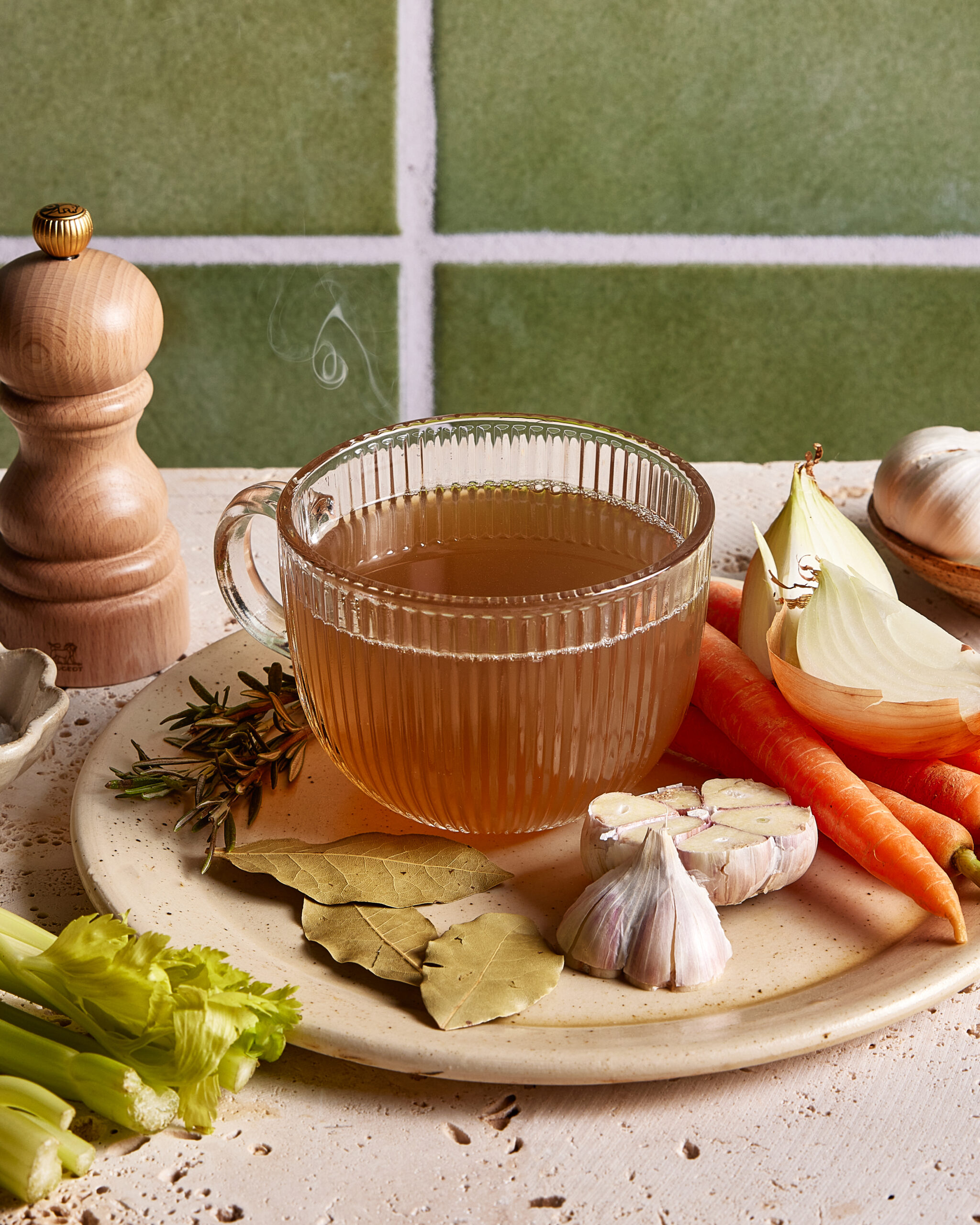
01.
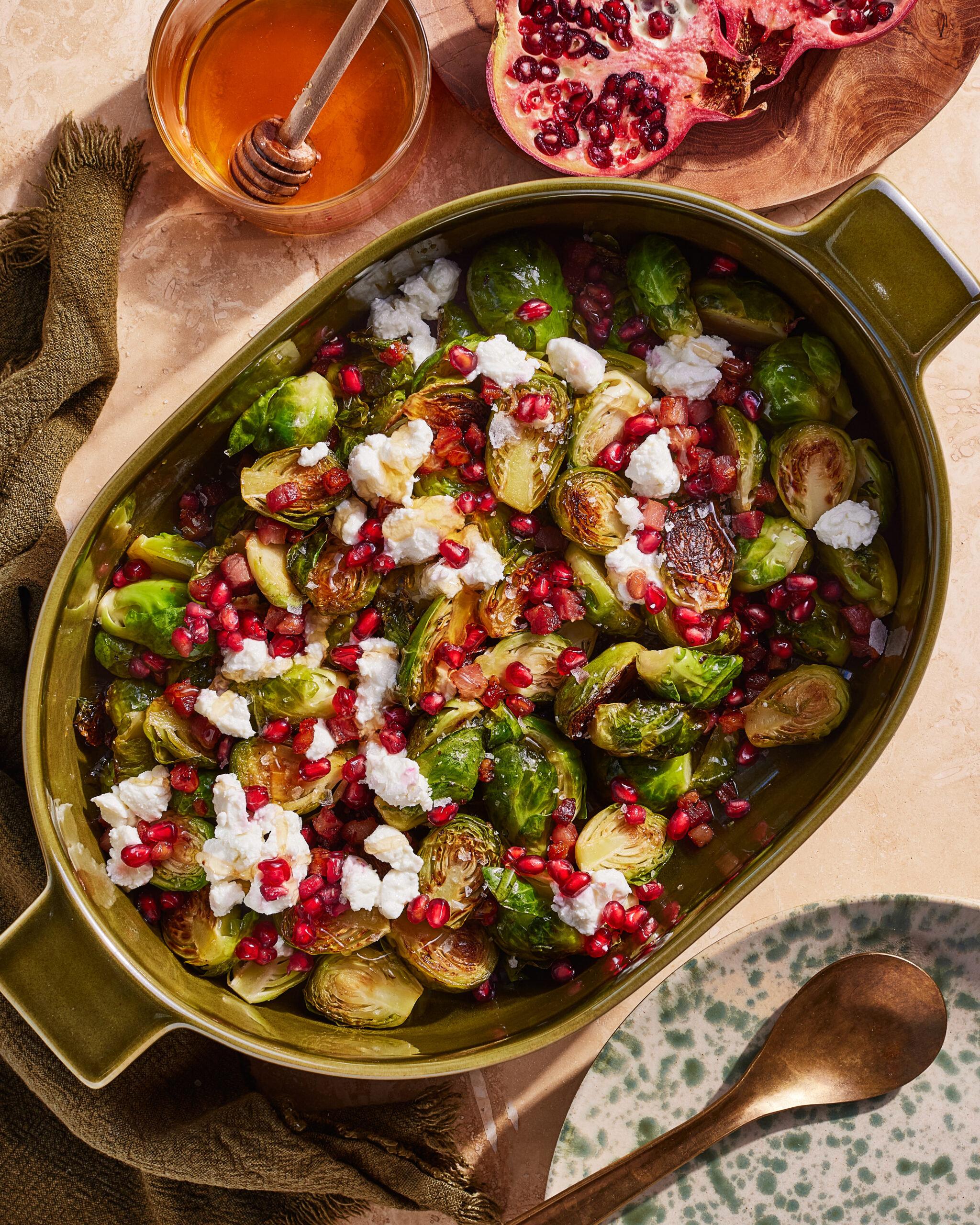
02.
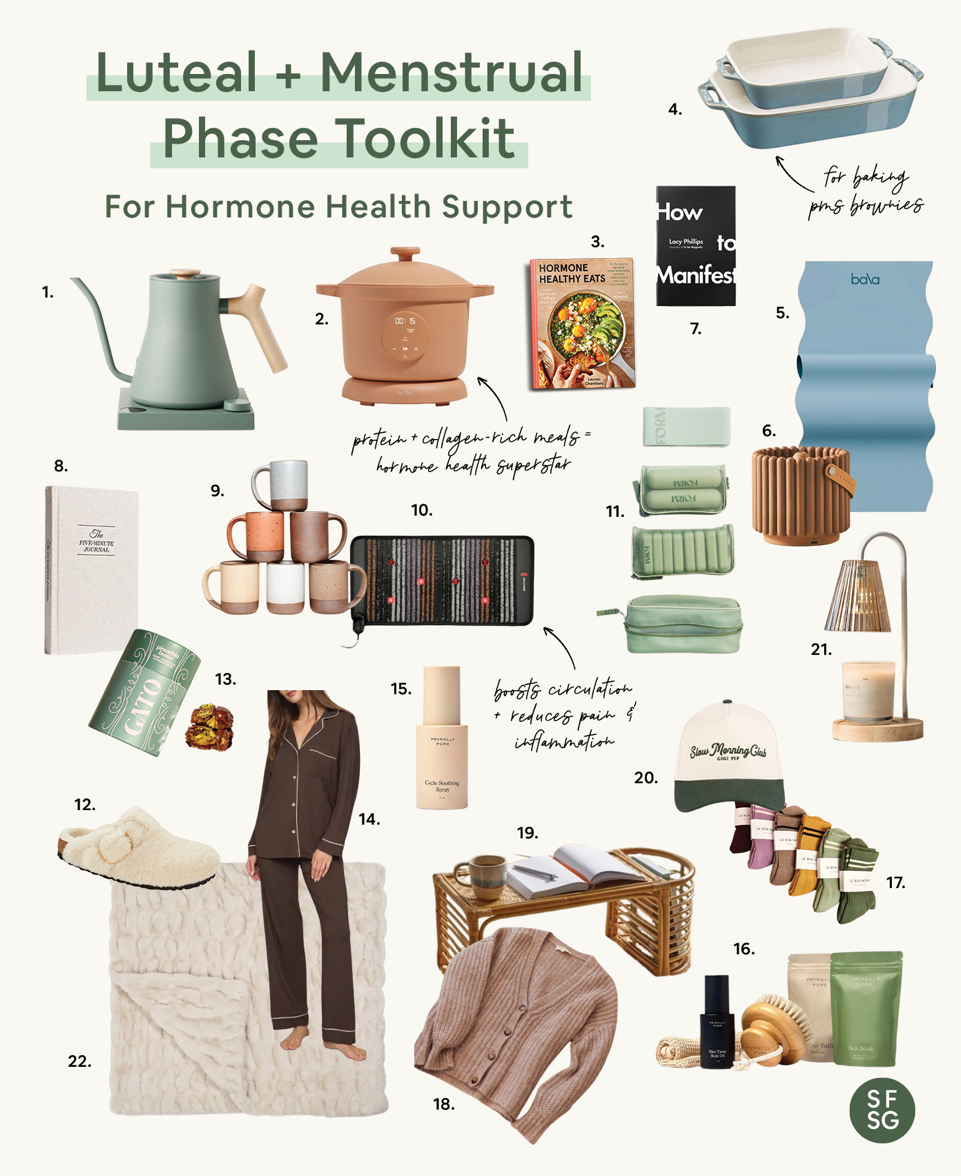
03.
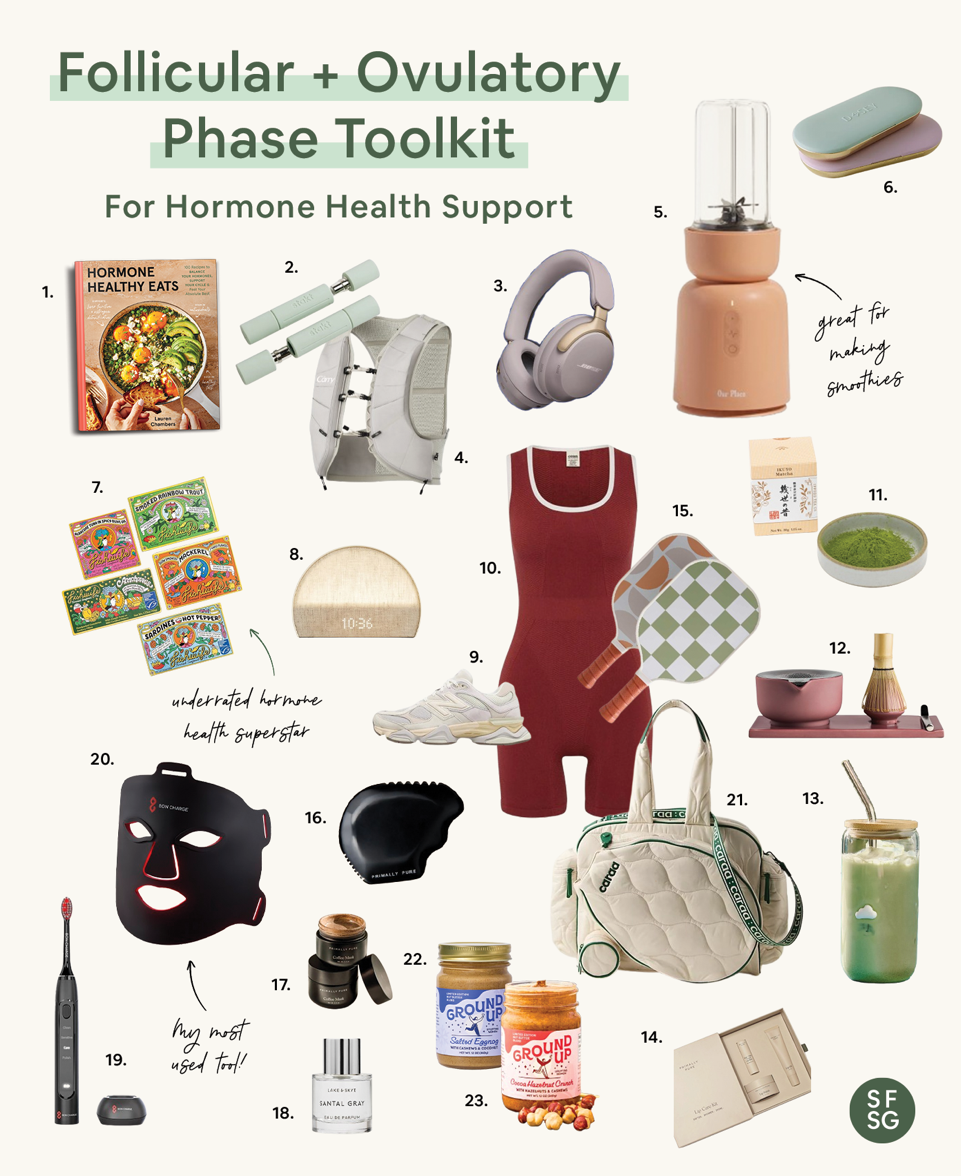
04.
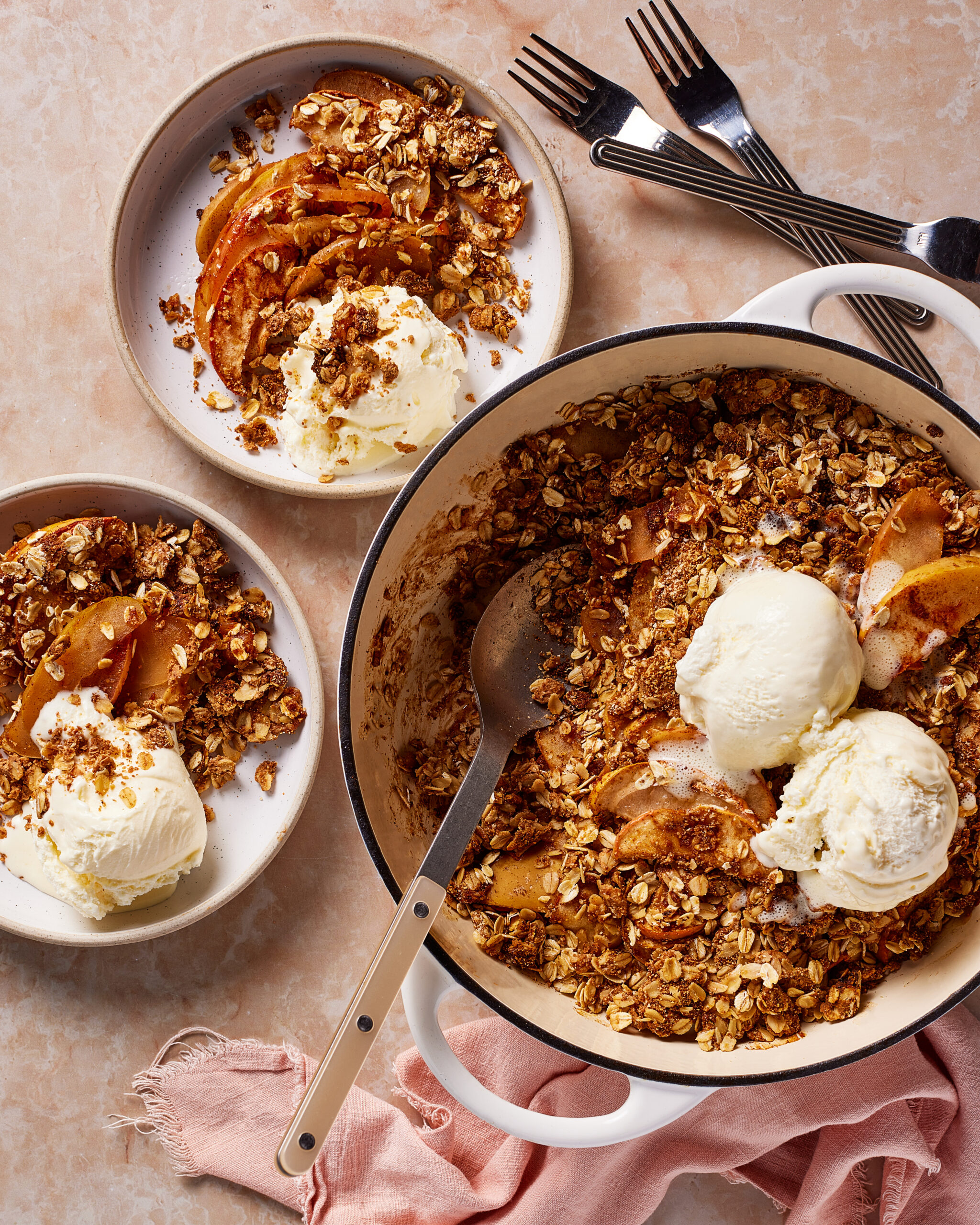
05.
hey!
Keep Browsing
Site
Keep Browsing
Site
the
about
e-books
blog
downloads
quiz
Welcome friend, I'm lauren.
I’m honored to support you on your journey to optimal hormone health + happiness. Thanks for being here babe.
